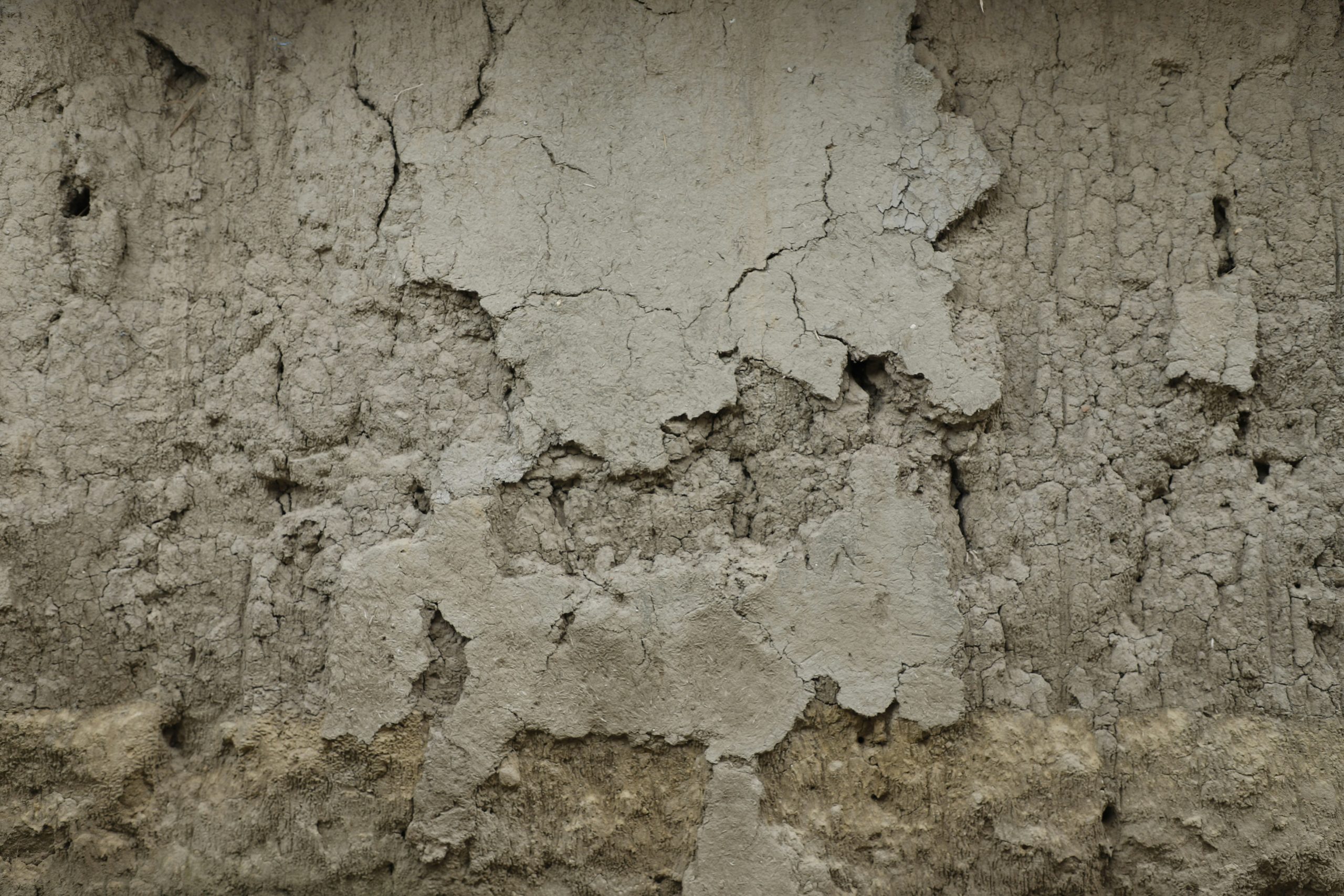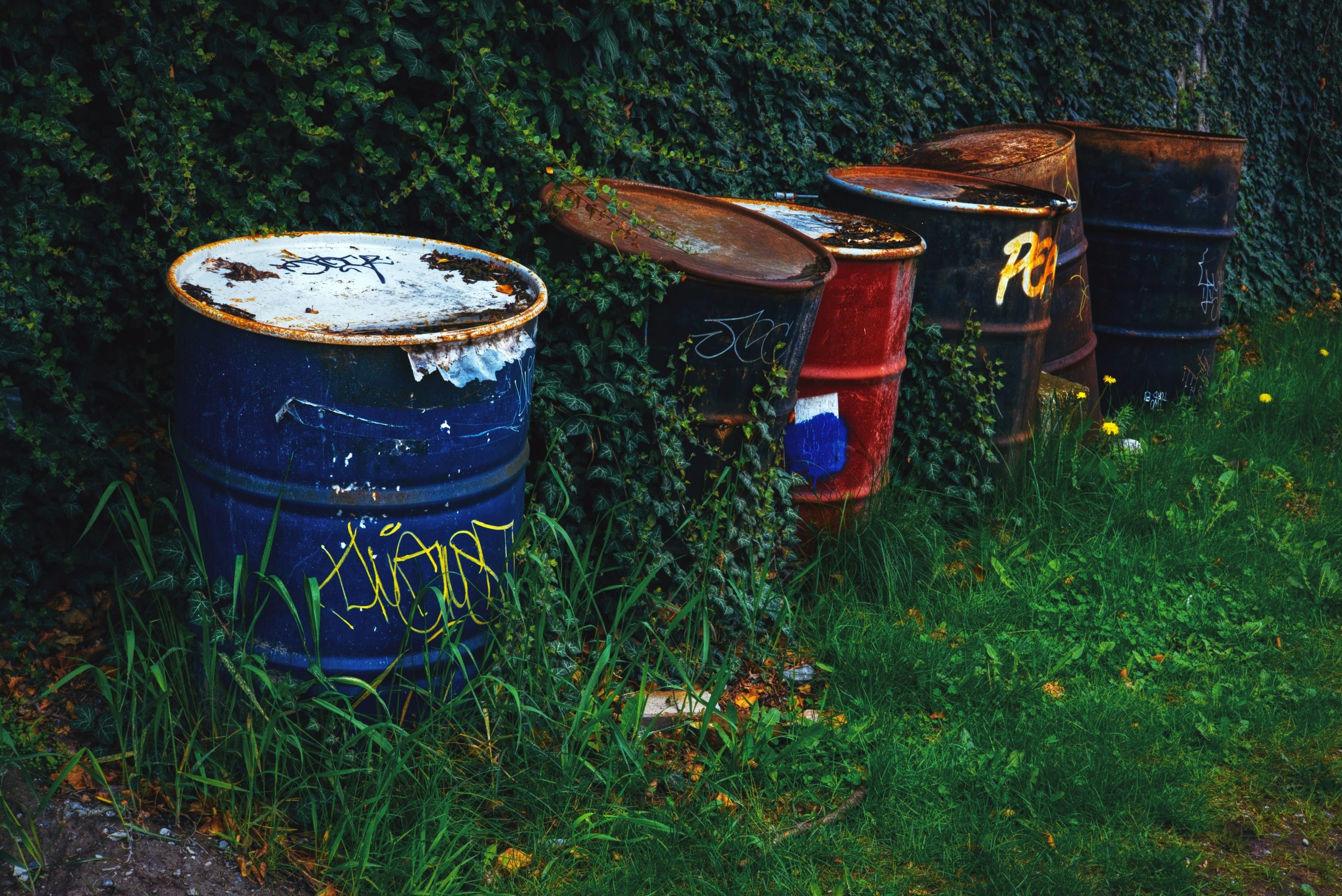Did you know that over 20 million homes in the U.S. alone contain asbestos, a hazardous material linked to life-threatening diseases? Yet, many homeowners aren’t aware of the financial protections they could (and should) consider when dealing with materials like asbestos. If you’re thinking about hazardous waste disposal, your insurance policy might just save—or bankrupt—you.
In this guide, we’ll break down what asbestos insurance is, why it matters for hazardous waste disposal, and how you can protect yourself financially while staying compliant with environmental regulations. Along the way, you’ll learn actionable tips, common mistakes people make, and real-world examples to keep you grounded. Buckle up!
Table of Contents
- Key Takeaways
- Why Hazardous Waste Disposal Matters
- Step-by-Step Guide to Understanding Asbestos Insurance
- Best Practices for Hazardous Waste Management
- Real-Life Scenarios: Successes & Failures
- FAQs About Hazardous Waste Disposal
Key Takeaways
- Hazardous waste disposal requires more than physical removal—it demands proper insurance coverage.
- Asbestos insurance protects against hidden expenses during abatement processes.
- Failing to secure specialized policies may leave you liable for hefty fines or lawsuits.
- Environmental compliance isn’t optional; ignoring it can lead to permanent damage—not just to your wallet but also to others’ health.
Why Hazardous Waste Disposal Matters

Let me tell you a story. Back in 2018, a family friend, Mike, decided to renovate his old Victorian house without consulting an expert. He thought scraping off some ceiling tiles would be no big deal. Spoiler alert: It was chock-full of asbestos. Without proper protective gear or insurance, he spent nearly $50,000 out-of-pocket cleaning up after inspectors flagged the site. That’s right—$50K gone because he didn’t understand hazardous waste disposal protocols.
Here’s the kicker: Hazardous waste doesn’t play nice. Asbestos fibers, once airborne, pose serious long-term health risks—including mesothelioma. And guess who gets blamed if contaminants spread beyond your property line? Yeah, that’d be you.
The Bright Side:
While hazardous waste disposal sounds daunting, knowing what kind of insurance covers these scenarios makes all the difference. For instance, asbestos liability insurance specifically addresses costs related to containment, removal, cleanup, legal claims, and even third-party damages caused by toxic materials.
Step-by-Step Guide to Understanding Asbestos Insurance
Step 1: Assess Your Property’s Risk
Optimist You says: “This step is easy!” Grumpy You replies: “Only if coffee’s involved.” Start by hiring certified professionals—yes, spend the money now—to test your property for hazardous materials. Common culprits include insulation, flooring tiles, and pipe coatings.
Step 2: Consult an Insurance Agent
Ask questions like:
- “Does my homeowner’s policy cover asbestos liabilities?”
- “What add-ons are available for broader hazardous waste protection?”
Most general policies won’t cut it, so prepare to explore endorsements or stand-alone asbestos insurance plans.
Step 3: Review Policy Details Carefully
Check fine print for exclusions. Some insurers exclude pre-existing contamination cases unless explicitly stated otherwise. A little legwork here goes a long way toward avoiding future headaches.
Best Practices for Hazardous Waste Management
- Hire Certified Abatement Professionals: Always work with certified experts trained to handle hazardous waste safely.
- Maintain Documentation: Keep detailed records of inspections, permits, remediation efforts, and insurance correspondence.
- Stay Compliant: Follow local, state, and federal guidelines rigorously. Noncompliance equals noncoverage.
- Avoid DIY Remediation: Trying to remove asbestos yourself? Terrible idea. Not only does it endanger lives, but it voids most insurance claims due to negligence clauses.
Real-Life Scenarios: Successes & Failures

Take Sarah, for example—a smart cookie who opted for comprehensive asbestos insurance before demolishing her garage last year. When contractors found traces of asbestos during excavation, her policy covered containment costs entirely. No panic attacks, no lawsuits—just peace of mind.
On the Flip Side…
Meet Tom, whose DIY YouTube tutorial inspired him to tackle basement renovations solo. After releasing asbestos into his home, Tom faced thousands in medical bills—not to mention angry neighbors suing over air quality concerns. Moral of the story: Don’t skimp on professional help or insurance!
FAQs About Hazardous Waste Disposal
Q: What exactly qualifies as hazardous waste?
A: Hazardous waste includes substances harmful to human health or the environment, such as chemicals, heavy metals, radioactive materials, and yes—asbestos.
Q: Do all homes need asbestos testing?
A: If your home predates the late 1970s, odds are high it contains asbestos somewhere. Better safe than sorry!
Q: Is asbestos insurance expensive?
A: Prices vary based on location, coverage scope, and risk level—but trust us, it’s cheaper than facing disaster unprepared.
Conclusion
Hazardous waste disposal isn’t rocket science—but it sure feels like it sometimes. By arming yourself with knowledge, partnering with pros, and securing robust asbestos insurance, you not only safeguard your finances but also contribute toward healthier communities.
Remember, folks: Like a Tamagotchi, your approach to hazardous waste needs daily care—and zero room for shortcuts!


